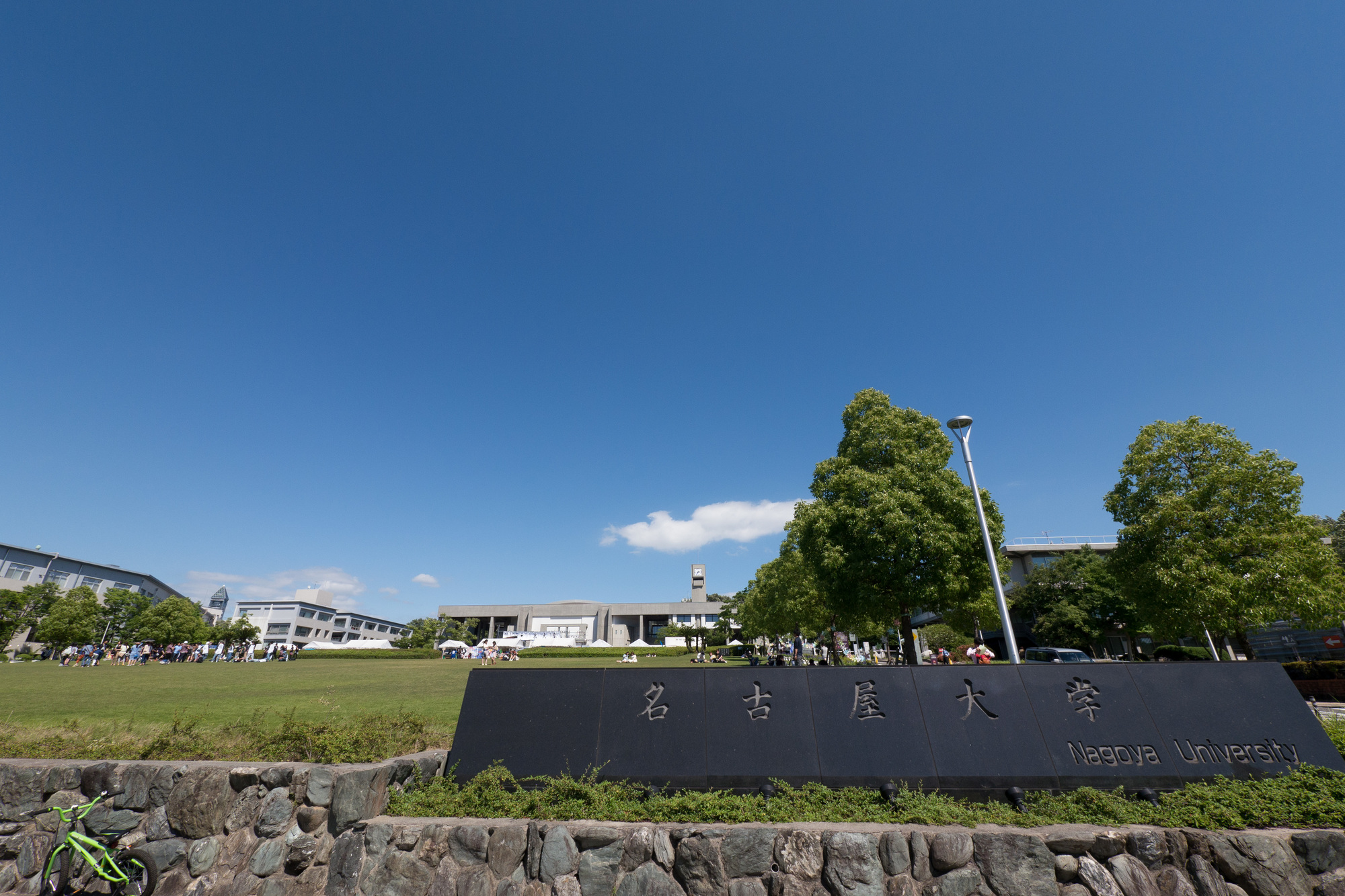Nippon Telegraph and Telephone Corporation (NTT), Nagoya University, and Hokkaido University have jointly succeeded in measuring the semiconductor soft error occurrence rate for each energy of neutrons as "continuous" data for the first time in the world.
When cosmic rays falling from space collide with oxygen and nitrogen in the atmosphere, neutrons are generated, and when these neutrons collide with semiconductors of electronic devices, a phenomenon called "soft error" (Note) in which stored data is rewritten occurs.In the future, as semiconductors become more highly integrated and miniaturized, they will become more susceptible to neutrons, and it will be important to design semiconductors and systems that take into account failures due to soft errors.
Detailed data on the energy dependence of the soft error occurrence rate (soft error occurrence rate for each energy of neutrons) is indispensable for calculating the number of failures due to soft errors in various environments.However, in the past, only data corresponding to discrete energies could be obtained, and the number of failures due to soft errors could not be calculated accurately.
In the research, in order to specify the energy of neutrons close to the speed of light by the "flying time method", we developed a high-speed error detection circuit that can detect soft errors in a few nanoseconds (a few billionths of a second).The experiment was conducted at the high-power 10 MeV proton linear accelerator facility at the Los Alamos National Laboratory in the United States.As a result, it has become possible to measure soft errors due to neutrons with a very wide range of energies from 800 MeV to 1 MeV, which is close to the speed of light.
This makes it possible to calculate the number of neutron-induced soft error failures from the ground to the sky, space, and other planets.In the future, it is expected to contribute to various fields such as evaluation of semiconductor reliability in space stations, countermeasures against soft errors at the semiconductor material level, soft error tests using accelerators, and application to simulation of soft error generation processes. ..
Note: Temporary failure recovered by restarting the device or overwriting data.
Paper information:[IEEE Transactions on Nuclear Science] Energy-resolved Soft-Error Rate Measurements for 1-800 MeV Neutrons by the Time-offlight Technique at LANSCE


